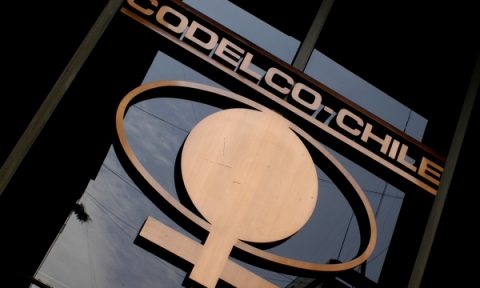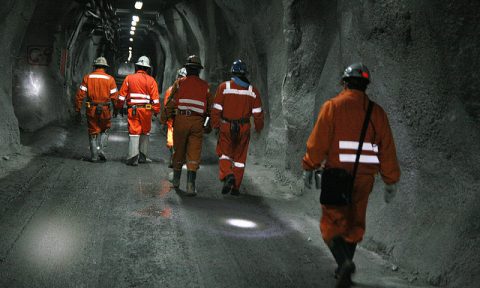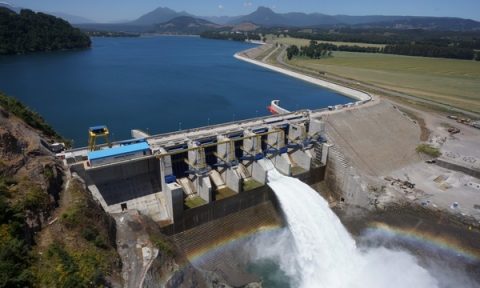The Non-Conventional Renewable Energies dilemma
Their costs have fallen over the last decade, and despite this, yet fail to supply long term contracts
In the next 12 years the country’s energy matrix should have 20% of its generation capacity based on Non-Conventional Renewable Energy (NCRE). That’s what the 20/25 law considers, approved by Congress in September and is now being drafted its regulations. With this rule, Chile will need 6,500 additional MW of new installed capacity by 2025, which will generate investments of over U.S. $ 13 billion.
Today, the lack of power projects is promoting the development of these energies. Industry experts speak of a new boom, this time goes along a sharp drop in investment costs. To date, according to information from the Environmental Assessment Service, in the country NCRE projects by 1,079 megawatts (MW) are in operation. There are only 697 MW under construction. Of these, wind (490 MW) and solar (126 MW) concentrated most. Meanwhile on approval, accounted for 9,653 MW, of which over 50% is solar energy and about 40% to wind.
But there is a problem. The 6,000 MW environmentally approved not yet have a contract tied supply, according to Francisco Aguirre, Electroconsultores’s partner. Technological advance, which has reduced costs, it has not been enough, because as NCRE not generate steadily, not seen as reliable, he adds.
But Alfredo Solar, Pavement’s President, which brings together the developers of NCRE in Chile, believes that companies, especially mining ones, should conduct a learning process and trust in this new offering. That happens, he says, because customers are opened to a new way of approaching supply commitments. “There are stable formulas of model contracts that can resolve the issues of manageability of NCRE, flat contracts to supply the miners demand and” poses. What to do, he says, is “implementing these contracts and assume the risk, by supporting energy spot market.”-
Solar says that the NCRE, are generating cheap energy. Exemplified today in the country uses a liquefied natural gas (LNG) reaching values of $ 10 or $ 12 per million BTU, while the energy produced by this technology is U.S. $ 120 MWh. The electricity from a photovoltaic or wind farm, however, “is about U.S. $ 90 per MWh. NCRE can provide energy at a lower cost than a combined cycle plant or diesel, which shipped about $ 200 per MWh and at comparable prices to those of a new coal plant to “he says.
To show the contribution of these technologies, the guild presented in 2012 a study by the University of Chile which analyzed the situation of the SIC in 2011, when the system was 4% of its generation based on renewable energy. “The presence of NCRE lowered the marginal cost of SIC, on average, U.S. $ 32 per MWh and generated operational savings to the system of $ 180 million,” he says.
But Aguirre clarifies that point. If a free client closes a NCRE Contract, indicates, must take into account the intermittency of the generation, to be supplanted by energy spot market. “The $ 90 per MWh paid when NCRE are available. But a customer who needs to fill 24 hours with power do not serve those values, because the figure quietly rises to $ 120 or $ 130 per MWh. “
The Energy’s CEO, María Isabel González, share that vision. The risk of free customer says, is having to pay more for energy that fails to generate when no sun or wind. “This mix is more expensive than having a contract with a thermal coal and even gas,” she explains.
Ramón Galaz, Valgesta’s CEO, sees the investment cost of these technologies has dropped and we need to take into account that energy prices in Chile are quite high. “With that scenario, NCRE are equally or more competitive than coal-fired generation with gas or” he believes.
Lower Costs
In Chile, the technologies that are growing are solar photovoltaic and wind power. Both have been major advances in the last decade. “In the case of solar energy, we have seen a steady increase in prices over the past almost 10 years decline. At the wind one has been a very important technological developments, which results in a low price, “said Solar. The values he calculated have fallen up to 10 times, compared with the past decade and wind farms increased their daily availability. Its capacity factor is around 40%, far from the 20% to 25% before.-
In terms of pricing, the photovoltaic solar module spent from $ 10,000 MW to a $ 600 MW. “A photovoltaic plant can be around $ 1.3 million and $ 1.8 million MW,” says Alfredo Solar (see infographic). Ramón Galaz anticipated that investment costs can go down again, but not at the pace of the last three years, he says.
The productive rise of China explains Francisco Aguirre, is behind the sharp drop in investment costs. This country is the leading producer of photovoltaic modules for U.S. and Europe. Average costs (operating expenses plus maintenance) of a photovoltaic plant are around U.S. $ 113.3 MWh, which compares with U.S. $ 115.2 MWh of a combined cycle operating with liquefied natural gas (LNG) . The figures, according to Aguirre, are far from the U.S. $ 87.1 per MWh from a coal-fired or U.S. $ 70.6 MWh with a hydroelectric dam.
Source: La Tercera












